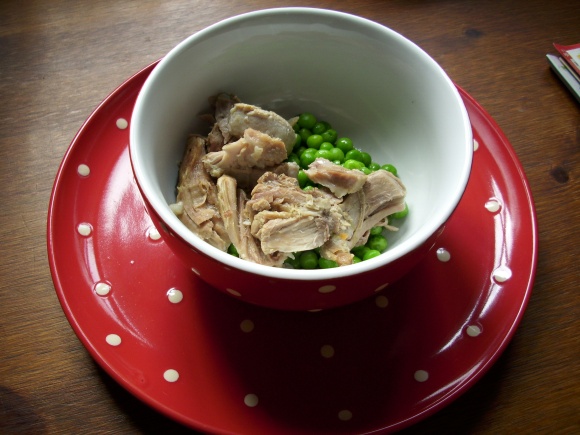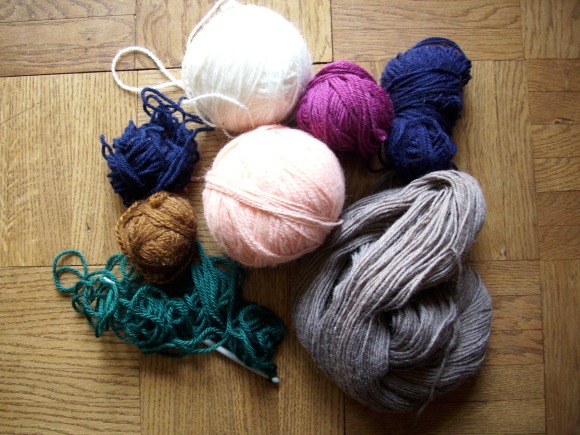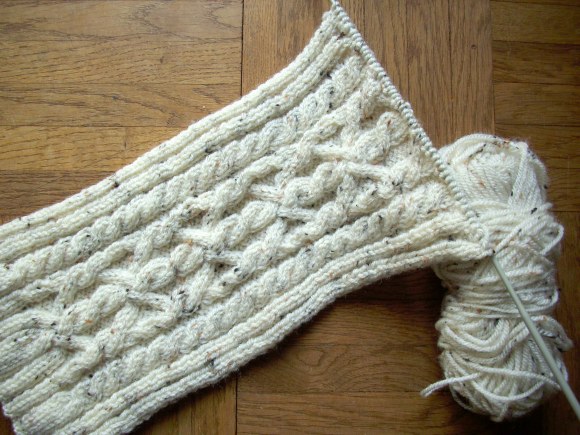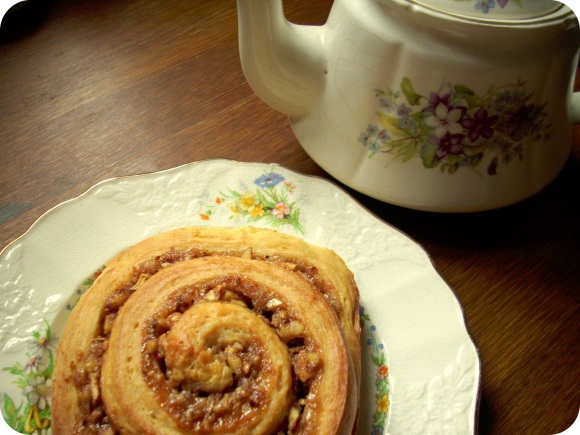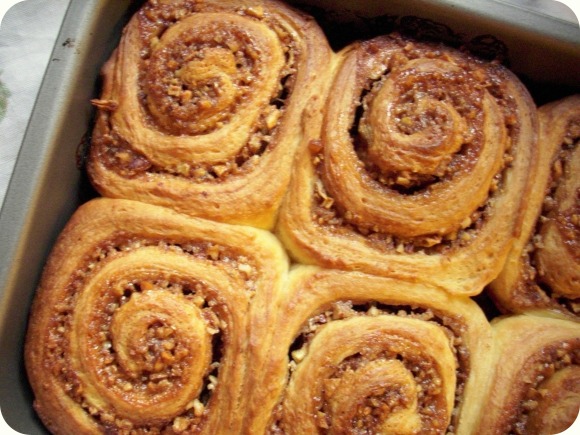This soup has been haunting me. It has been the benchmark against which all other soups have had to prove their mettle. The first time I had it was at Heston Blumenthal’s other Bray establishment, The Hind’s Head, which does the sort of food I imagine the pubs in Heaven to serve. I’m certain that there are pubs in Heaven. Since that day, this soup has never been far from my mind, but having been a student at the time, I could think of other things to do than make stock out of pig ankles.
This recipe will require you to make stock out of pig ankles.
It’s not as scary as it sounds and completely worth it. I love anything that is both sweet and salty, so this soup is a winner anyway, but the homemade stock gives it a lovely, earthy depth of flavour that you can’t buy at the supermarket. I was lucky enough to get my hands on a big ham hock, around 1.2 kg, so had to adapt the original recipe accordingly. The one downside of making this soup from scratch is that it does take a while, so I turned it into a two-day affair, with the ham hock cooked on the first day, and the soup put together the next.
I used to be fairly squeamish/lazy about using the ‘cheaper’ cuts of meat, but it’s actually a win:win situation. I get to feel virtuous and thrifty, while still being able to stuff my face with something delicious. Also, fun fact: In German, ham hock is called Eisbein, ‘ice-leg’, a valuable lesson is how to give foodstuff the least appealing name possible. Actually, it is possible to sound less appealing. The German name for black pudding is Blutwurst. I’ll leave it to you to decide whether you want to google what that means…
This makes enough soup for around 6 portions. I’m guessing. I haven’t finished all of mine yet.
Ingredients:
for the stock
1 ham hock (mine was 1.2 kg)
3 litres of water
3 shallots, peeled
3 carrots, roughly chopped
1/2 celeriac, roughly chopped (you can use one or two sticks of celery instead, if you like)
1 garlic clove, crushed
1 leek, roughly chopped
small bunch of fresh parsley
small bunch of fresh thyme
3 bay leaves
6 black peppercorns
2 tsp salt
for the soup
50g butter
1 tbsp olive oil
200g shallots, diced
150g smoked bacon, cut into 1cm cubes
1 garlic clove, crushed
ham hock stock
750g frozen peas
salt and pepper to taste
ham hock meat
Method:
Place the ham hock in a large pan and cover with water, do not cover with a lid. Bring to the boil over medium heat. Skim the protein (read: scum) that rises to the surface off, boil for another five minutes and skim the remaining foam away. Then add the remaining ingredients and simmer until the meat is done. As my ham hock was quite large this took between 2 1/2 and 3 hours. Remove from heat, and leave to cool. Reserve the meat, and strain the stock. Discard remaining stock ingredients.
For the soup, heat the butter and oil in a large pan, then add bacon and fry for a couple of minutes. Remove half of the bacon and reserve on one side, then add shallots and garlic and fry until shallots are tender and glassy. Add stock and bring to the boil and skim off the foam, then add 550g peas and return to the boil. Remove from heat and purée. (I tried valiantly to save on washing up by doing this with a stick blender, but eventually gave up and used a proper blender) At this point you can pass the soup through a sieve, but I liked the texture, so poured it straight back into the pan. Bring back to the boil and season.
Flake the meat off the ham hock. You can quickly boil the remaining 200g of peas, but I just put them in a dish with the meat, and put an knob of butter on them and wizzed it all in the microwave. I’m not even slightly sorry. I also did the same with the remaining bacon, but you can fry it in the pan if you wish. The only important thing is to get the bacon crispy.
When everything is nice and hot, serve by placing some of the peas and ham in a bowl and ladling the soup on top. Finish with a spoonful of crispy bacon and a drizzle of the bacon fat.


